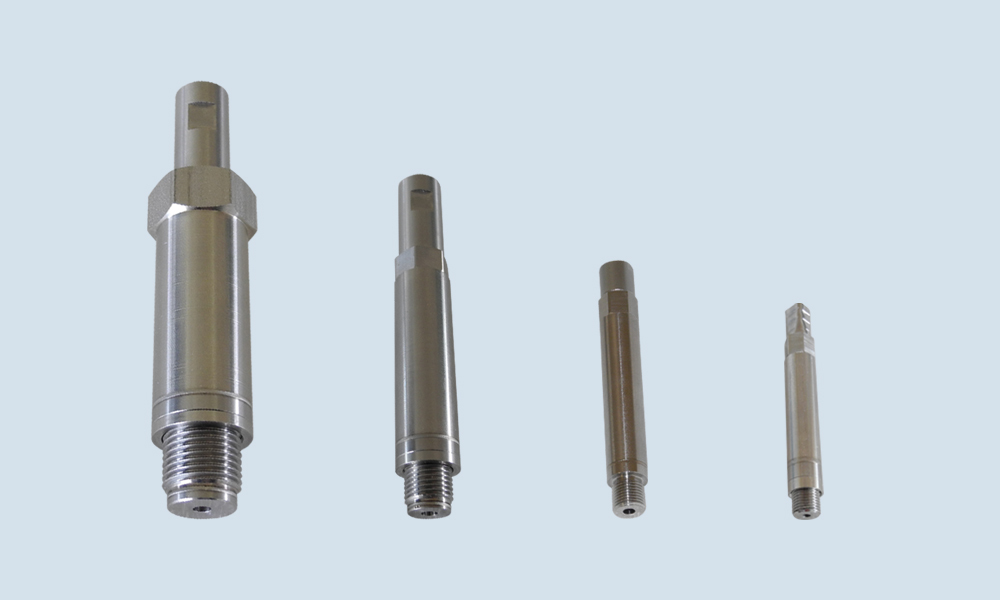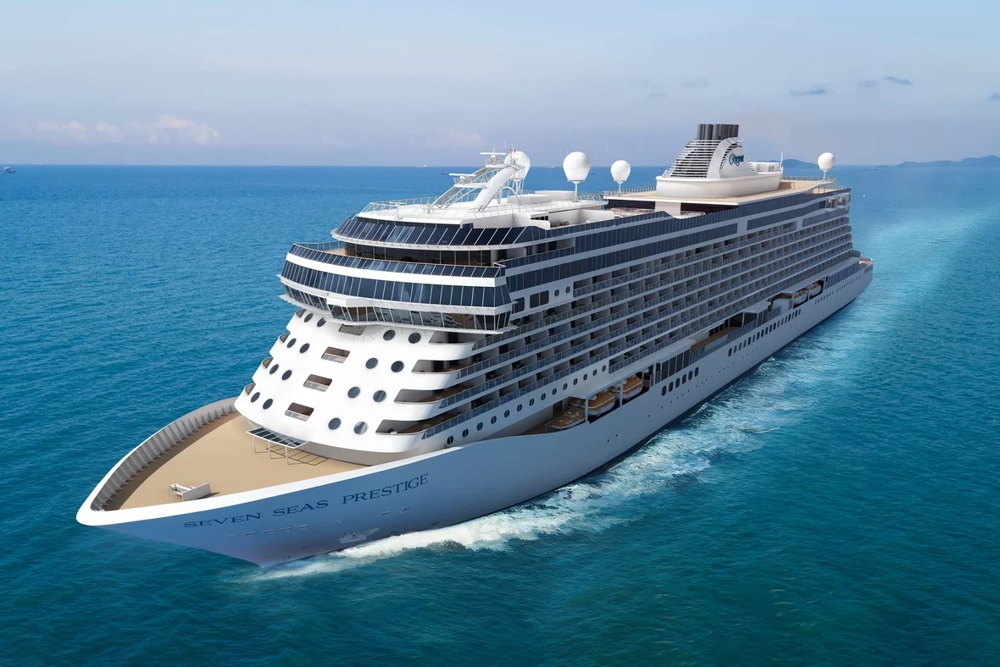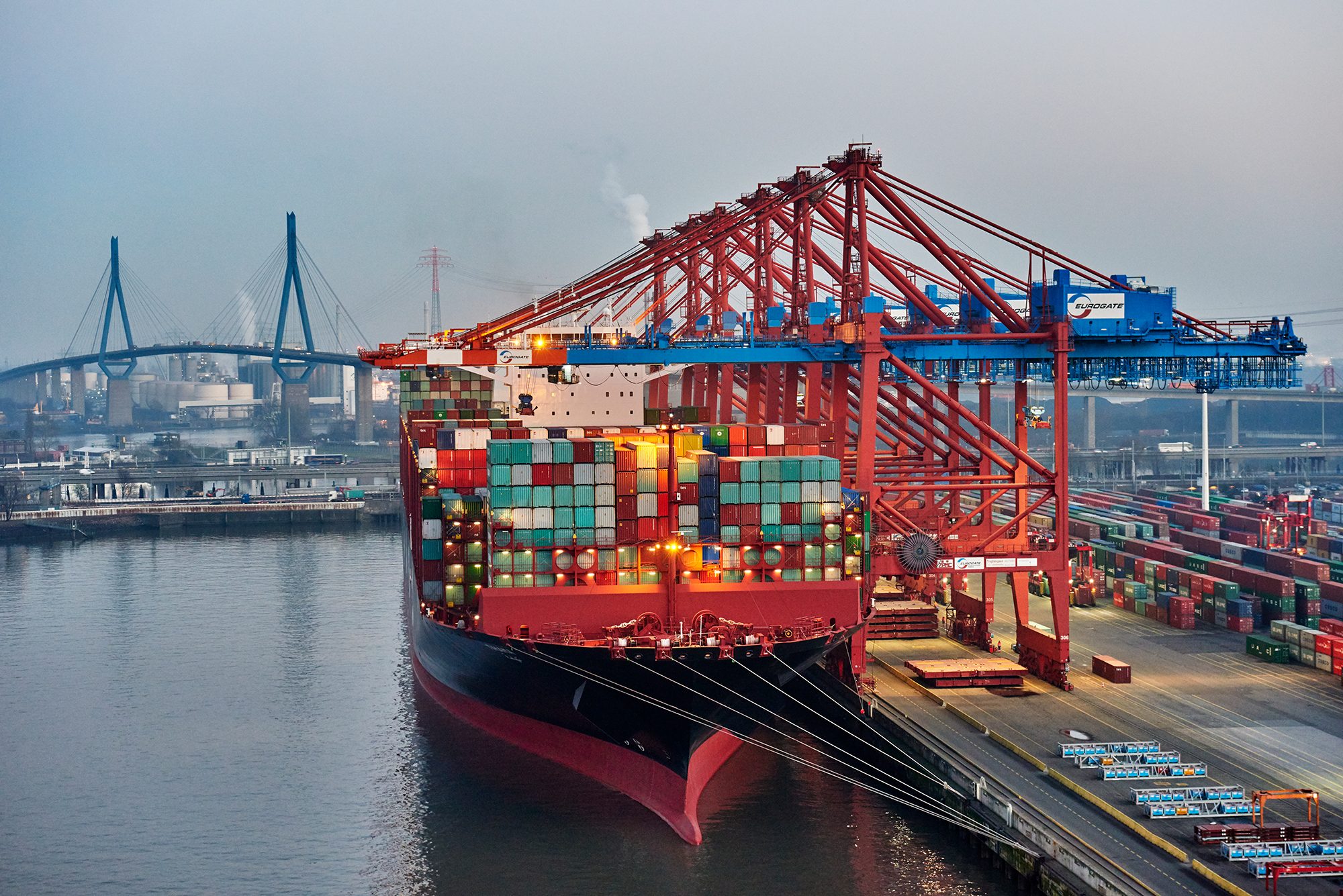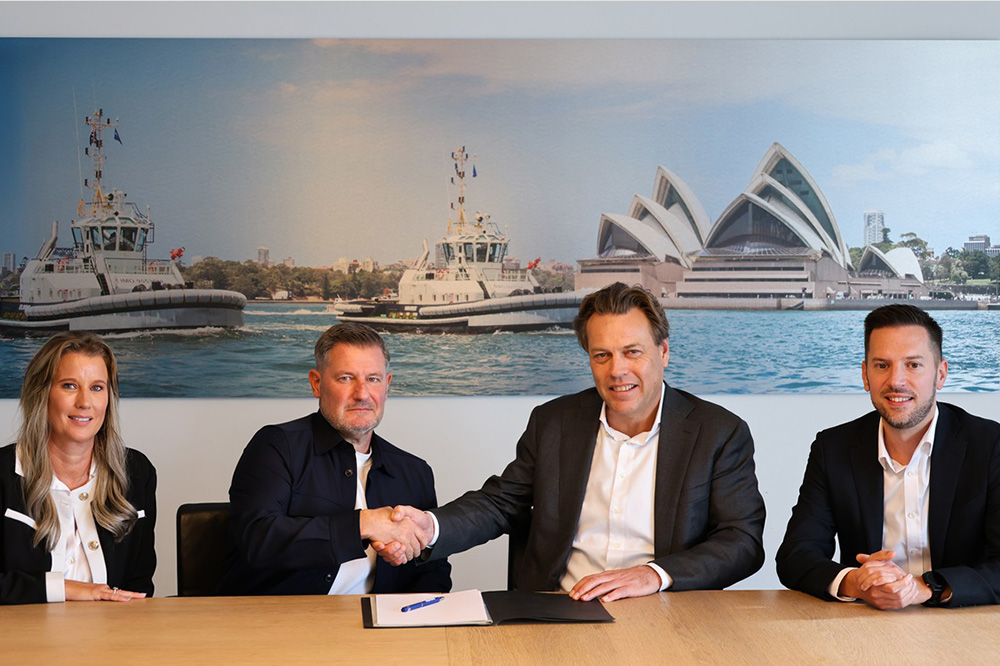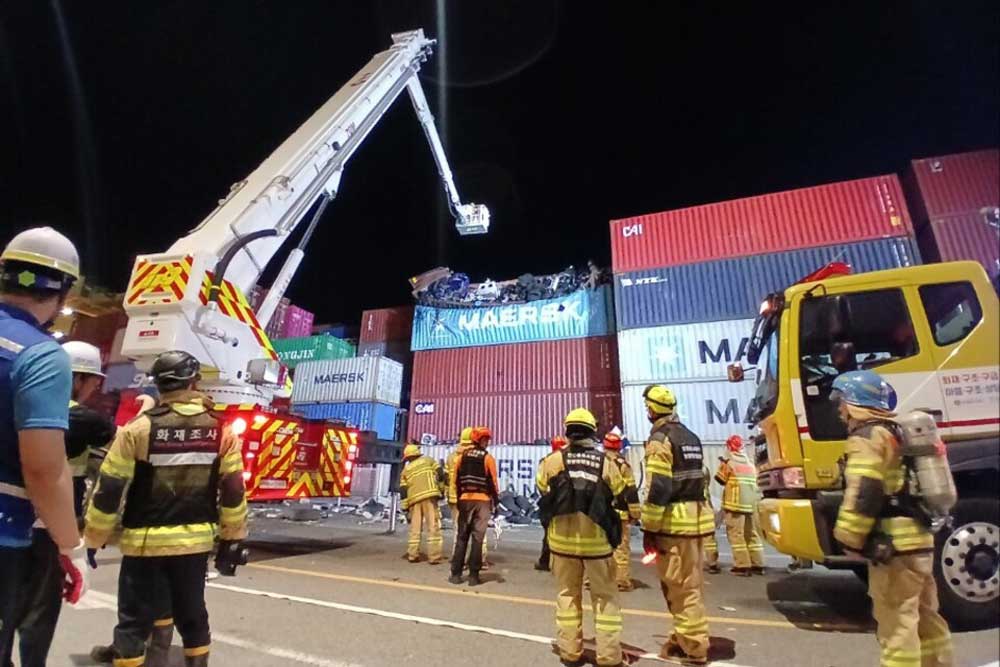Danish shipping and logistics company A.P. Møller-Maersk plans to invest US$600m in port infrastructure in Nigeria.
Following a meeting between Nigerian President Bola Tinubu and Robert Maersk Uggla, CEO of A.P. Moller Holding, the government of the West African country announced the agreement with the Danish shipping group. According to the information, the Danish shipping and logistics company A.P. Moller-Maersk plans to invest US$600m to expand the existing port infrastructure in Nigeria and enable more container shipping services in Nigerian ports. Maersk Uggla announced this decision during a meeting with President Tinubu on the sidelines of the World Economic Forum in Riyadh, Saudi Arabia, which focused on global cooperation, growth and energy for development. [ds_preview]
This investment is to complement the government’s ongoing US$1bn investment in the reconstruction of seaports in eastern and western Nigeria. It would also support the country’s efforts to modernise the ports and automate port processes through the implementation of the National Single Window Project, Tinubu said. The Single Window Project aims to facilitate trade, ease import/export flow, reduce corruption at the ports while improving efficiency and transparency of port processes in Nigeria.
Tinubi cited its previous partnership with Maersk in the development of the container terminal in Ogun State as evidence of the fruitful collaboration with the renowned logistics company. Maersk can look back on many years of involvement in Africa’s most populous country, with the Danes having invested over US$2bn here to date.
“We see a great opportunity for Nigeria to accommodate larger container ships. Historically, most West African coasts are already served by smaller vessels. We currently see an opportunity to deploy larger vessels in Nigeria. To achieve this, we need to develop the port infrastructure, especially in Lagos where we need a larger hub for logistics services,” says Maersk Uggla. “We believe in Nigeria and will invest US$600m in the existing facilities and make the ports fit for larger vessels.”












